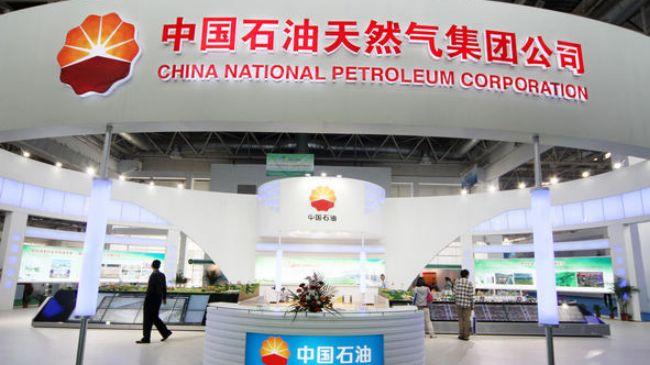BEIJING, Dec. 22 (Xinhua) -- Mixed-ownership reform is expected to help China make breakthroughs in state-owned enterprise (SOE) reform, despite remaining challenges.
The state-owned China National Petroleum Corp. (CNPC) announced on Wednesday it has passed guidelines to promote market-oriented and mixed-ownership reforms, according to a statement on its website.
China said it will take substantial steps in mixed-ownership reform in the electricity, oil, natural gas, railway, civil aviation,telecommunications and military industries.
"Piloting mixed-ownership reform in heavyweight industries indicates China's resolve and confidence to push forward SOE reforms," said Liu He, deputy head of the National Development and Reform Commission, China's top economic planning body.
Mixed-ownership reform through diversifying the shareholding structure of SOEs is a pioneer for overall SOE reform, according to a statement issued Friday following the Central Economic Work Conference.
Pilot reforms for state-owned asset investment companies, designed to make the state a stakeholder rather than a manager, would raise management and operational efficiency, according to the statement.
The prime aim of mixed-ownership reform is to create a flexible and efficient market-oriented mechanism to improve management of SOEs, according to China Enterprise Research Institute researcher Li Jin.
Methods to introduce SOE mixed-ownership reform include non-state-owned capital investment, SOE investment in private companies and employee stock ownership plans.
Progress has been made in this respect: 68 percent of all SOE-funded firms in 2016 were mixed-ownership, in contrast with 66 percent registered in 2014.
Results of the SOE reform are also emerging. Combined SOE profits returned to growth in October after dropping since the beginning of the year, the Ministry of Finance said. In the first ten months, SOEs made a combined profit of 1.92 trillion yuan (276 billion U.S. dollars).
China has about 150,000 SOEs, which hold more than 100 trillion yuan in assets and employ over 30 million people.
Although significant in stabilizing GDP growth and employment, the blind expansion of SOEs despite the cooling market in recent years has compounded nationwide overcapacity and risk from corporate debts.
Though plagued by a slowdown, China is pushing for mergers and acquisitions (M&As) of its larger SOEs to enhance efficiency. A 350-billion-yuan national fund was established three months ago to speed up the process.
From power supply to tourism, consolidation in a number of sectors has accelerated at an unprecedented pace this year. Food giant Sinograin was approved to acquire China National Cotton Reserves Corporation last month, and two building material producers initiated their merger in August.
Ongoing large-scale restructuring is just part of an ambitious program to push government-funded businesses to the market.
Guidelines on SOE reform were issued in September last year, promising mixed-ownership pilots, opening up more industries to private capital, and a modern enterprise system.




 A single purchase
A single purchase









